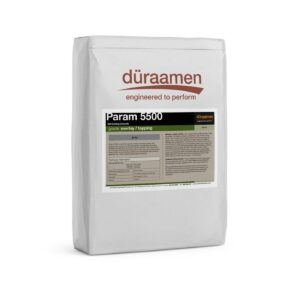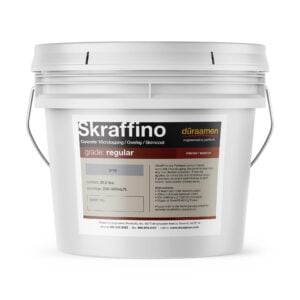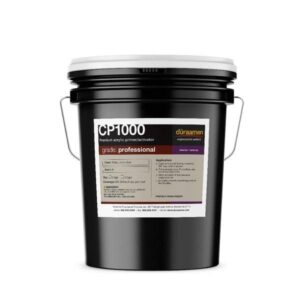Concrete coatings are used to not only to improve its appearance, ease of maintenance, and light reflection but also to protect it from chemical and physical attack. We also coat it to protect products stored or processed in direct contact with the concrete from contamination caused by dust from the substrate. It is difficult or impossible for any coating to protect concrete if the coating is incompatible with it, or if the concrete itself is in some way weekend, contaminated, or inherently defective.
How concrete coatings protect concrete?
While there are three ways coatings protect steel namely – a) Barrier Protection b) Inhibition and c) Sacrificial action, coatings applied to concrete provide protection typically via barrier coatings. Barrier coatings provide protection by becoming a physical barrier, or shield, isolating the concrete from its immediate environment. A barrier coating must prevent aggressive liquids and gases from passing through it and reaching the concrete.

Protective concrete coatings are barrier coatings
The examples of protective barrier coatings are epoxy coatings, vinyls, polyesters, polyurethane, Polyaspartic polyurea and methyl methacrylates. These coatings are named from the resin type used to make them. One important property of a barrier coating is called permeability. The permeability of a protective barrier coating’s film depends on its Moisture vapor treatment (MVT) rate. The MVT rate is determined by how fast water molecules pass through and move around the spaces between the resin molecules. The effectiveness of a coating in preventing permeation depends on how closely and tightly bound the molecules of the resin are to one another. The coating’s effectiveness also depends on the type of resin molecule and the amount and type of the degree of intense bonding of coating resins.
The lower the permeability of a barrier coating, the more protective the coating is. Basically, the higher the degree of the coating resin’s cross linkage, the lower the permeability, the better the adhesive bond of the coating to the surface, and the better the overall protective barrier.
The properties of protective coatings can be improved by adding reinforcement fillers to the resin. Fillers come in a variety of forms, such as silicate aggregates, glass or mica flakes, fibers, and woven fiberglass. The addition of fillers physically increases the length of the path that the intruding liquid or gas molecules must take to penetrate the coating. Flake materials form layers of overlapping platelets, parallel to the concrete surface, somewhat like shingles on a roof. Fillers and fiberglass mat can also be added to improve the barrier coating’s physical properties such as impact and abrasion resistance.
Concrete Coatings can be used to add chemical and abrasion resistance to concrete surfaces. They also improve the aesthetics of the concrete floors.






